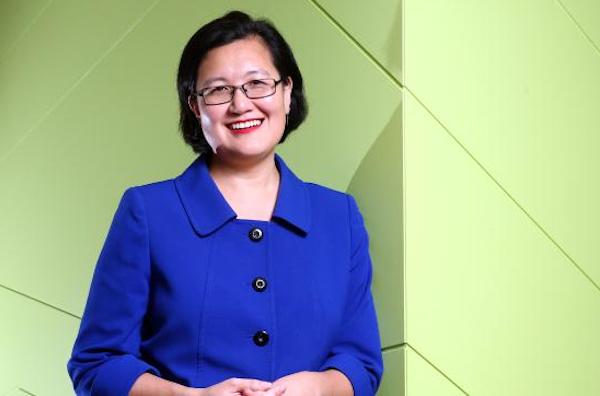But according to new research conducted by Diversity Council Australia and The University of Sydney Business School, the stats become even starker if you’re a woman from a culturally diverse background. For these women, the odds of making it to the top are slim to non-existent–with just 2% of ASX 200 directors being women from culturally diverse backgrounds.
The research asked 230 non-Anglo Saxon women who are leaders or aspiring leaders, about their experiences in the workplace; what their biggest obstacles were and what their organisations could do to better harness their talents and help them succeed. The responses were emphatic.
“These women told us that gender equality initiatives typically benefitted women from Anglo-Celtic backgrounds, and that cultural diversity initiatives typically benefitted culturally diverse men. It’s time to bridge the divide and focus on how diversity and inclusion efforts can benefit culturally diverse women, and organisations across Australia,” reported DCA’s CEO, Lisa Annese.
Executive director on a number of large Australian boards, Ming Long (pictured above) said the research showed just how critically Australian companies were missing out.
“There is a deep pool of highly capable and talented culturally diverse women out there. If we don’t harness this, we risk missing out on talent, skills and important new perspectives. With an increasingly global marketplace and disruption, this is something Australian organisations can’t afford not to do,” she said.
And indeed, the responses conveyed the obvious ambition and talent of culturally diverse women.
88 percent of women surveyed said they were working to advance to a very senior role and 91 percent said mobility into leadership was of high importance. 66 percent of those surveyed, were also able to speak two or more languages– a huge benefit to many large organisations.
Women from culturally diverse backgrounds were also shown to have exceptional resilience. Many cited that current barriers holding them back from climbing the ladder, didn’t stand in the way of their aspiration to make it to the top.
However, just 1 in 10 women agreed that their leadership traits were recognised or their opinions were valued and respected within the organisation they worked for.
The key career setbacks that culturally diverse women in Australia acknowledged were:
- Lack of relationship capital – A lack of access to sponsorship, mentoring and networking prevents culturally diverse women from progressing into leadership positions.
- Amplified bias – The combination of gender and cultural biases compounds culturally diverse women’s lack of career progress and opportunities.
- Divisions in driving change – Perceptions that organisational changes, designed to benefit culturally diverse women, represent an unfair advantage.
- Masculine western leadership models – Models used for assessing talent are inherently biased towards more masculine Western or ‘Anglo’ leadership styles.
- Lack of flexibility – Full-time face-time cultures, lack of genuine managerial engagement with flexibility, and stigma associated with flexible workers mean organisations are failing to make flexibility standard business practice.
- Lack of accountability – A culture of disinterest/lip service and few measurable objectives contribute to a lack of leadership accountability for delivering on diversity and inclusion.
Diversity Council Australia has put together an organisational framework designed to address and break down the six barriers cited.

